10 Big Takeaways from NYT Feature on the $40B Youth Sports Industry
Anwar Stetson
Last week, the New York Times published a major report on youth sports. The takeaway? Youth sports in America aren’t just a pastime, they’re big business. The feature dives deep into the rapidly growing $40 billion youth sports industry, revealing how private equity firms are transforming everything from local tournaments to elite academies.
Here’s a breakdown of the ten biggest takeaways from the report, and what they mean for athletes, families, and the future of sports development.
1. Bigger Than Hollywood: Youth Sports Generate $40 Billion Annually

According to the Aspen Institute, the youth sports industry now rivals major sectors of the entertainment economy. For comparison, the U.S. box office made just $8.7 billion last year, just a fraction of what parents spend on gear, training, and travel.
2. Costs Have Skyrocketed Since 2019
Parents spent an average of $1,016 per child on their primary sport in 2024, a 46% increase in just five years. From travel to uniforms to private coaching, the financial burden is growing rapidly.
Read more about Prep Network’s coverage of rising costs in youth sports and competition.
3. Private Equity Is Buying In
Big-time investors like Josh Harris (Apollo Global Management) and David Blitzer (Blackstone) launched Unrivaled Sports, acquiring youth sports assets including baseball complexes and youth leagues. They aim to build the most expansive youth sports platform in the U.S.
4. IMG Academy Sells for $1.25 Billion
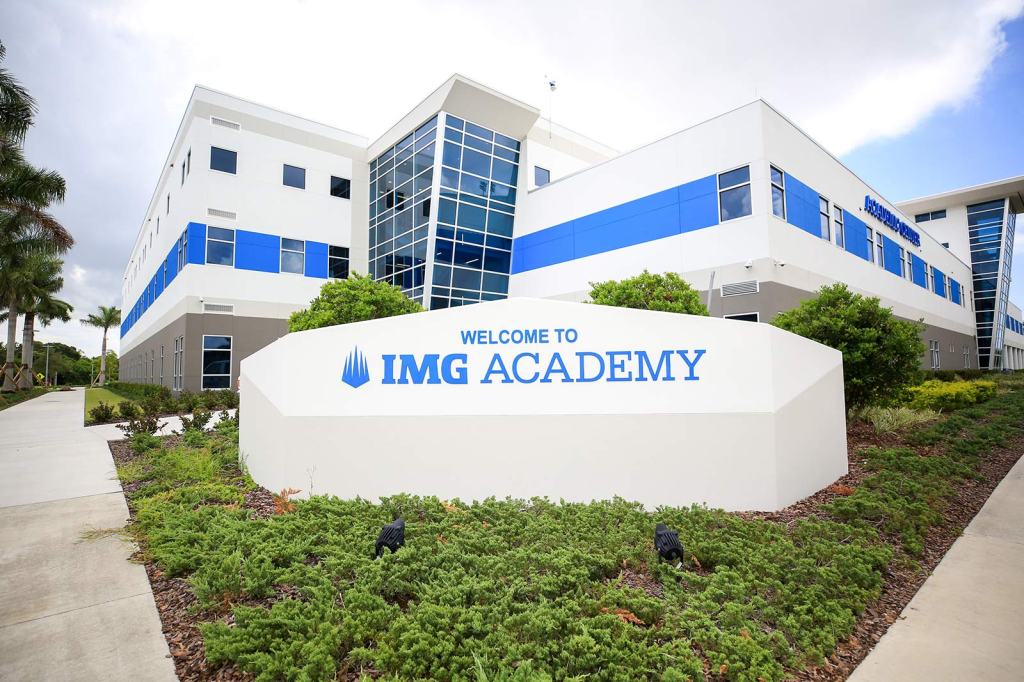
Swedish firm EQT purchased IMG Academy, a premier sports-focused boarding school in Florida. The campus includes 63 tennis courts, 73 basketball and volleyball courts, and top-tier support staff. Annual tuition? Around $85,000.
5. Tournament Fees Are Soaring
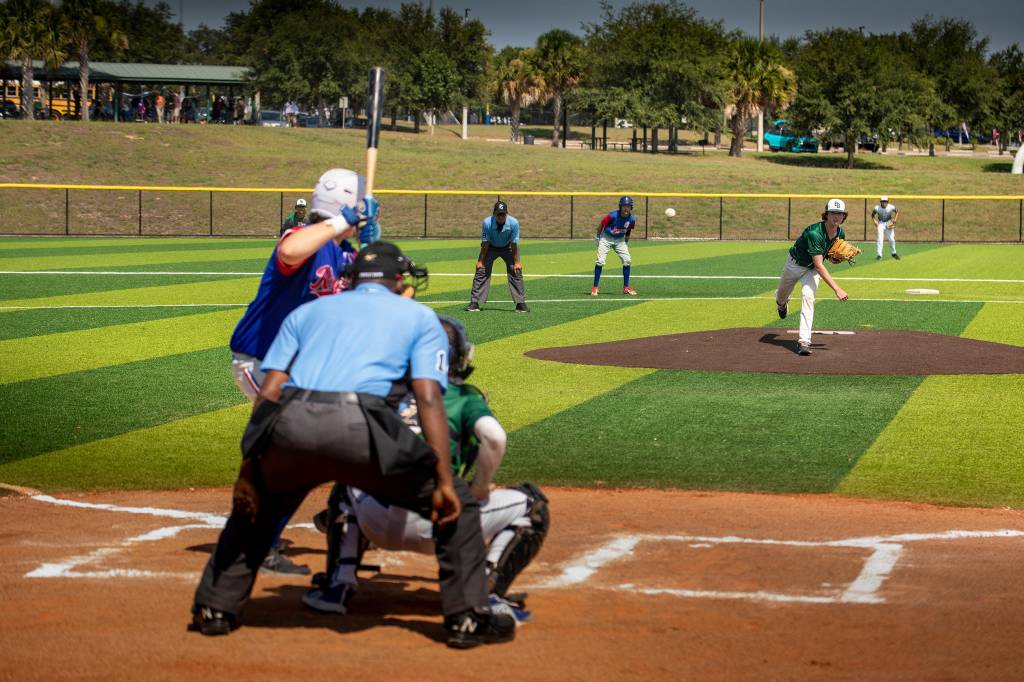
At the Ripken Experience in Maryland, it costs $3,145 per team to enter a four-day baseball tournament. Add in travel, lodging, food, and merchandise, and families easily spend thousands on a single event.
6. Wealthier Kids Have More Access

A study from Ohio State and Oregon State found 70% of 10th-graders from high-income families play school sports, compared to just 43% from lower-income households. The gap is widening as costs rise.
7. Parents See Sports as an Investment
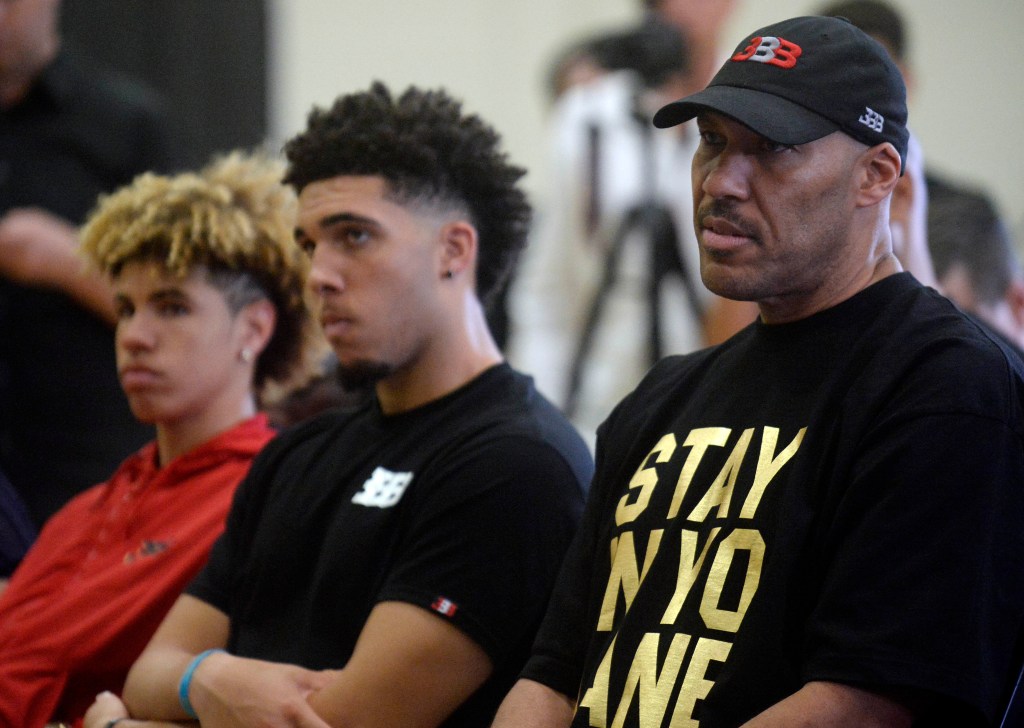
Roughly 20% of parents believe their child can play Division I college sports; 10% think their kid could go pro or reach the Olympics. These dreams fuel large financial and time commitments.
8. Specialization Comes with Risks
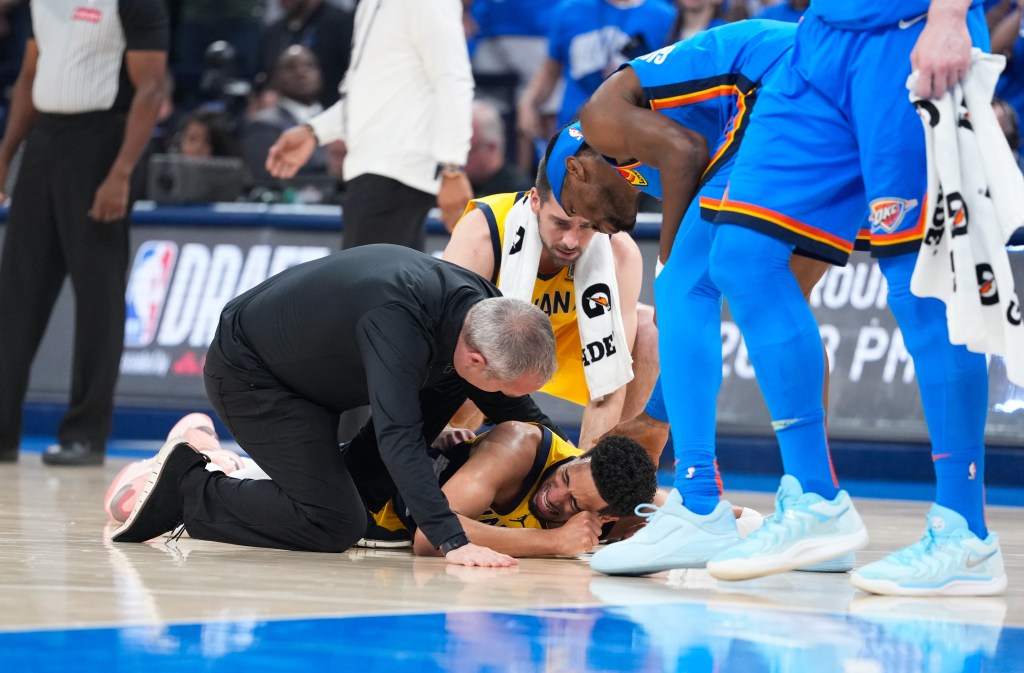
With the push to train year-round, kids often specialize in one sport too early. This leads to burnout, injury, or quitting altogether. Some young athletes say they miss out on social life and typical childhood experiences.
9. Companies Claim to Offer Financial Aid

Firms like Unrivaled say they’re aware of the cost issue and offer “free and subsidized” opportunities. But the details are vague, and critics argue these programs don’t reach enough kids.
10. The Landscape Is Changing Fast
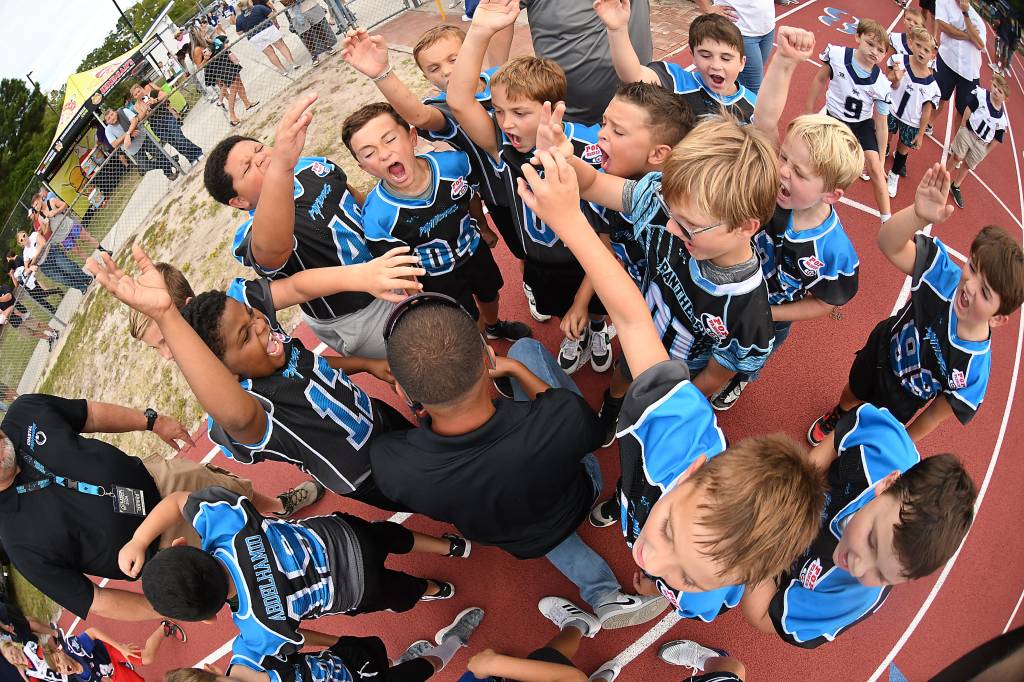
Once dominated by community leagues like Little League and Pop Warner, youth sports are now run more like businesses. The impact is felt on fields, in families’ wallets, and across college recruiting pipelines.